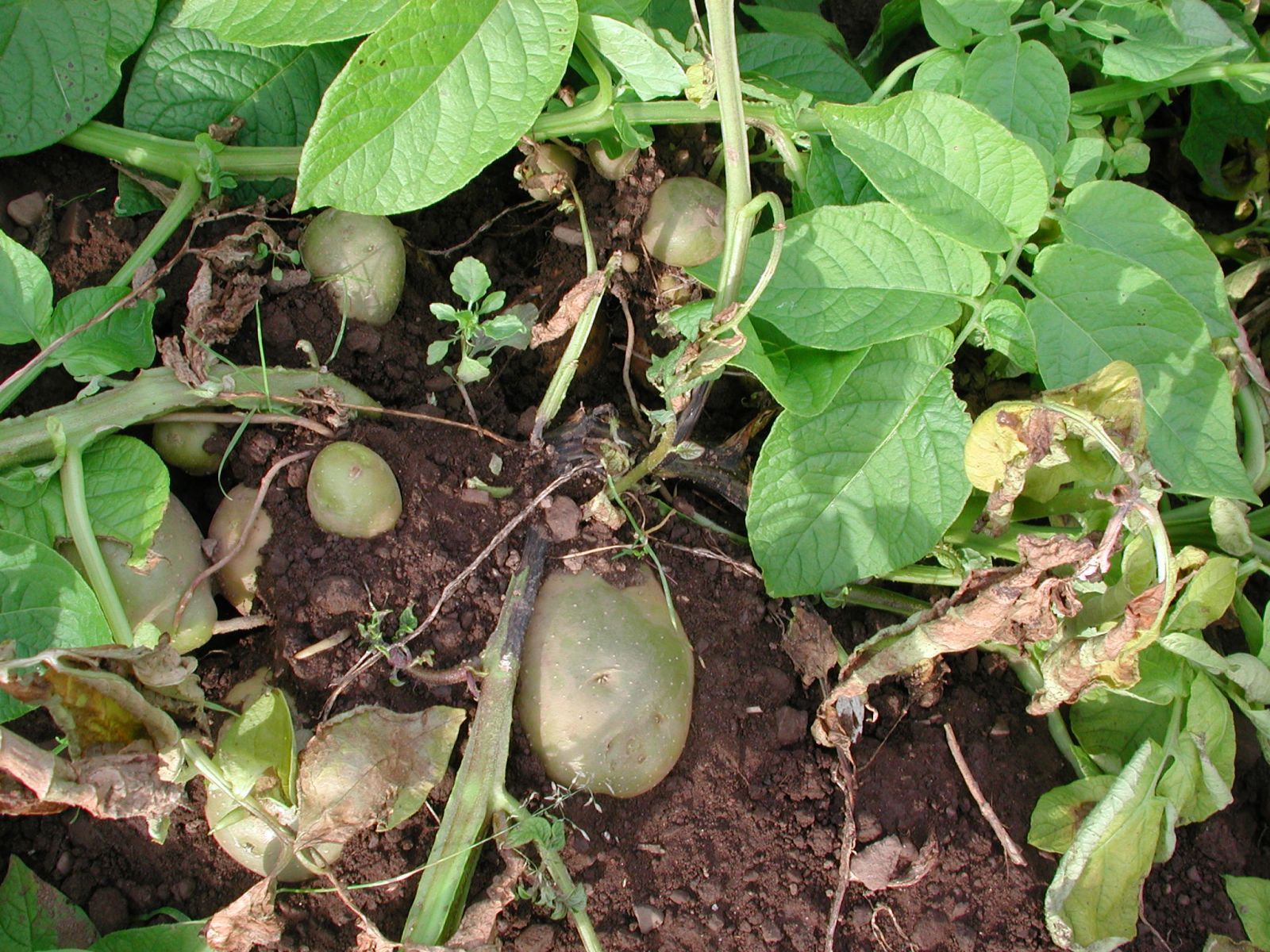
- Improved diagnostics: One complicating factor with blackleg is the number of different pathogens responsible, making detection and identification difficult. The taxonomy of Pectobacterium and Dickeya species is very complex and ever changing, and therefore clearly defined taxonomic groupings are a prerequisite to good diagnostics. We have developed classification software that uses Average Nucleotide Identity, based on whole genome sequences, to investigate the taxonomy of these genera and used it to developed novel diagnostics for use by researchers, industry and statutory agencies.
- Disease resistance: Disease resistance is an important component of IPM, yet for blackleg there is little available. There are several reasons for this but most importantly breeding efforts have focussed elsewhere, e.g. PCN and late blight; there are no known R-genes for this group of pathogens; and there is no simple screen for resistance. We have identified resistant and susceptible potato accessions within the Commonwealth Potato Collection (CPC) and have produced crosses to investigate potential mechanisms and markers for this resistance.
- Reducing pathogen spread: By understanding when, where and how these pathogens contaminate potato plants in the field and during harvest, grading, storage etc. we can provide intervention strategies in the production process to try to minimise such contamination. We are investigating the spread of the pathogen and routes to contamination of high grade seed both commercial and experimental environments, and using this knowledge to develop control strategies, e.g. avoiding planting of high grade seed in the same field as lower grade seed or grading high grade seed first.
- Biocontrol: The use of bacteriophages (viruses that attack and kill bacteria) as potential biocontrol agents overcome the limitations of chemical treatments, in that they are specific and do not present a real or perceived danger to the environment or human health. However, while they effectively control pathogens post farm gate, e.g. packed potatoes, little is known about their efficacy in the field. We are investigating different application methods and timing in order to determine the effectiveness of phage treatments for control.
Contact Ashleigh Holmes for further information
